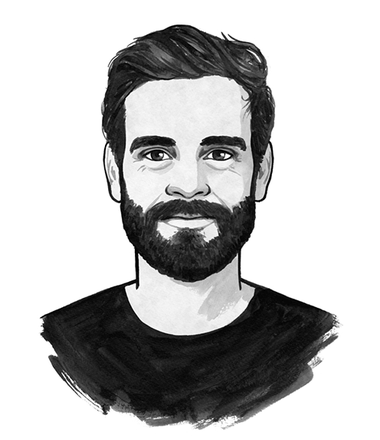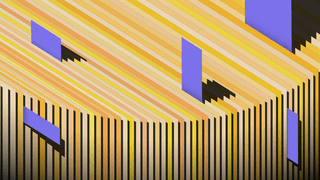
By "shaking the universe hard enough, we would be able to move from one possible world to another, changing what we consider the immutable laws of nature and the special combination of elementary particles that make up reality". There is something fresh, and hopeful, about understanding this science from a different perch, beyond focussing on the building blocks of particles and forces. In considering landscapes and elements and bigger pictures and the meaning of universes, I took one sentence for myself: "possibly everything is connected – that is, every two models are connected by an unbroken path".
Nabeelah, conversation editor

Here, Fine explains why her feminist outlook on neuroscience is necessary and why it takes a whole village of disagreeing scientists to overcome any kind of bias and produce better science.
Irene, First 1,000 Days correspondent

This research resulted in a beautiful visual story, which not only makes clear how widespread the lack of creativity in visual descriptions of characters tends to be, but also shows, by means of a personal story, the importance of realistic characters in our literature.
Heleen, creative developer
The best of The Correspondent
 From Japan to Brazil and South Africa: how countries’ ‘data cultures’ shape their response to coronavirus
As part of The Correspondent’s Track(ed) Together project, writers from around the world tell us how their countries’ ‘data culture’ affects the local response to surveillance initiatives designed to curb the spread of Covid-19.
From Japan to Brazil and South Africa: how countries’ ‘data cultures’ shape their response to coronavirus
As part of The Correspondent’s Track(ed) Together project, writers from around the world tell us how their countries’ ‘data culture’ affects the local response to surveillance initiatives designed to curb the spread of Covid-19.
 The future is uncertain (and that’s a good thing)
Uncertainty is complex. The future isn’t set in stone. Margaret Heffernan’s new book praises people or organisations that admit what they don’t know.
The future is uncertain (and that’s a good thing)
Uncertainty is complex. The future isn’t set in stone. Margaret Heffernan’s new book praises people or organisations that admit what they don’t know.


